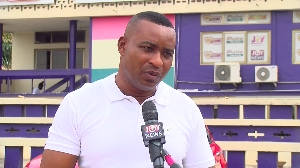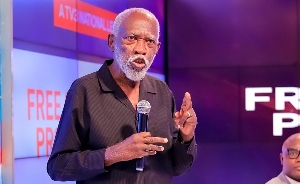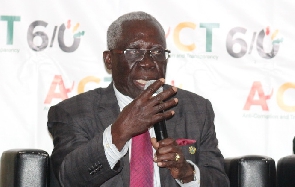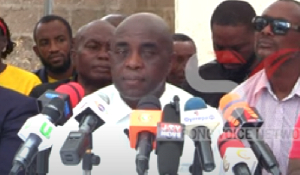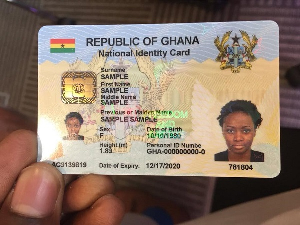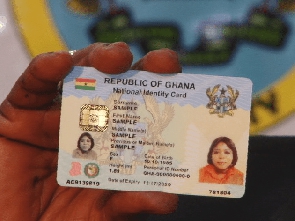Government failed to meet its fertiliser subsidy targets by 50 percent in 2015, a SEND Ghana report has indicated.
According to the report, which was presented by John Nkaw, Programme Officer SEND Ghana, government in 2015 projected to import 180,000mt of subsidised fertilizer; however, as at December this year, government was able to import only 90,000mt of fertiliser, representing half the target.
In 2008, the fertiliser subsidy programme was established to help farmers increase their rate of fertiliser application as a means of increasing crop productivity as well as increasing the country’s fertiliser application. Except in 2014, government since inception of the programme, has solely provided funding for implementation of the subsidy programme.
According to the report, from 2008 to 2013 government subsidised 724,055mt of fertiliser at a cost of GH¢345,244,000. The biggest allocation subsidy of GH¢176,746,000 was provided in 2013.
It further depicts that the quantity of subsidised fertiliser (except for 2012) rose steadily by 317 percent from 43,176mt in 2008 to 180,000mt in 2013. While the quantity increased, the northern Ghana percentage of price subsidy reduced from 50 percent in 2008 to 21 percent in 2013 and 2015.
The reduction of the subsidy has resulted in increases of the subsidised fertiliser’s price. For instance, the price of Compound fertiliser was GH¢22 per 50kg bag in 2008, but increased to GH¢89 per 50kg bag by 2015, representing a 295 percent rise.
The report stated that government's inability to fully finance the fertiliser subsidy programme in 2014 contributed to the failure in meeting yield targets for maize and rice in nearly all the six districts covered in the three regions of the northern part of Ghana during the study. As a result, many farmers were left to buy fertiliser at commercial rates in the market place.
Some of the farmers lamented the situation they are facing to SEND Ghana. One of them, whose identity remains anonymous said: “The changes in price have really affected us; it has resulted in a reduction in the number of acres we farm because if you can afford to cultivate a large piece of land but at the end of the day you are unable to apply the fertiliser in the right quantity, you end up getting nothing”.
The fertiliser subsidy programme has seen a lot of financial challenges during the course of the year with many having had to reconsider their participation in the programme because of government’s inability to pay arrears owed them for months.
Yara Ghana, a company that in 2014 supplied more than half of the market’s needs, opted out of the fertiliser programme in July this year.
For the fertiliser subsidy to gain its feet, SEND Ghana recommends that it is important for the Ministry of Food and Agricultural to “take pragmatic steps to collaborate with fertiliser companies to establish distribution outlets in communities. This will help bring the fertiliser closer to farmers and thereby reduce the cost related to long-distance travel.
“The government of Ghana needs to increase its investments and take advantage of other funding opportunities in the private sector to increase resource allocation for the supply of more fertiliser.
“District Agricultural Directorates should not only guide smallholder farmers on the proper agronomic practices such as application of fertiliser, but also take steps to effectively monitor their adoption rate among farmers to realise the full benefits of education on crop production,” recommends the report.



